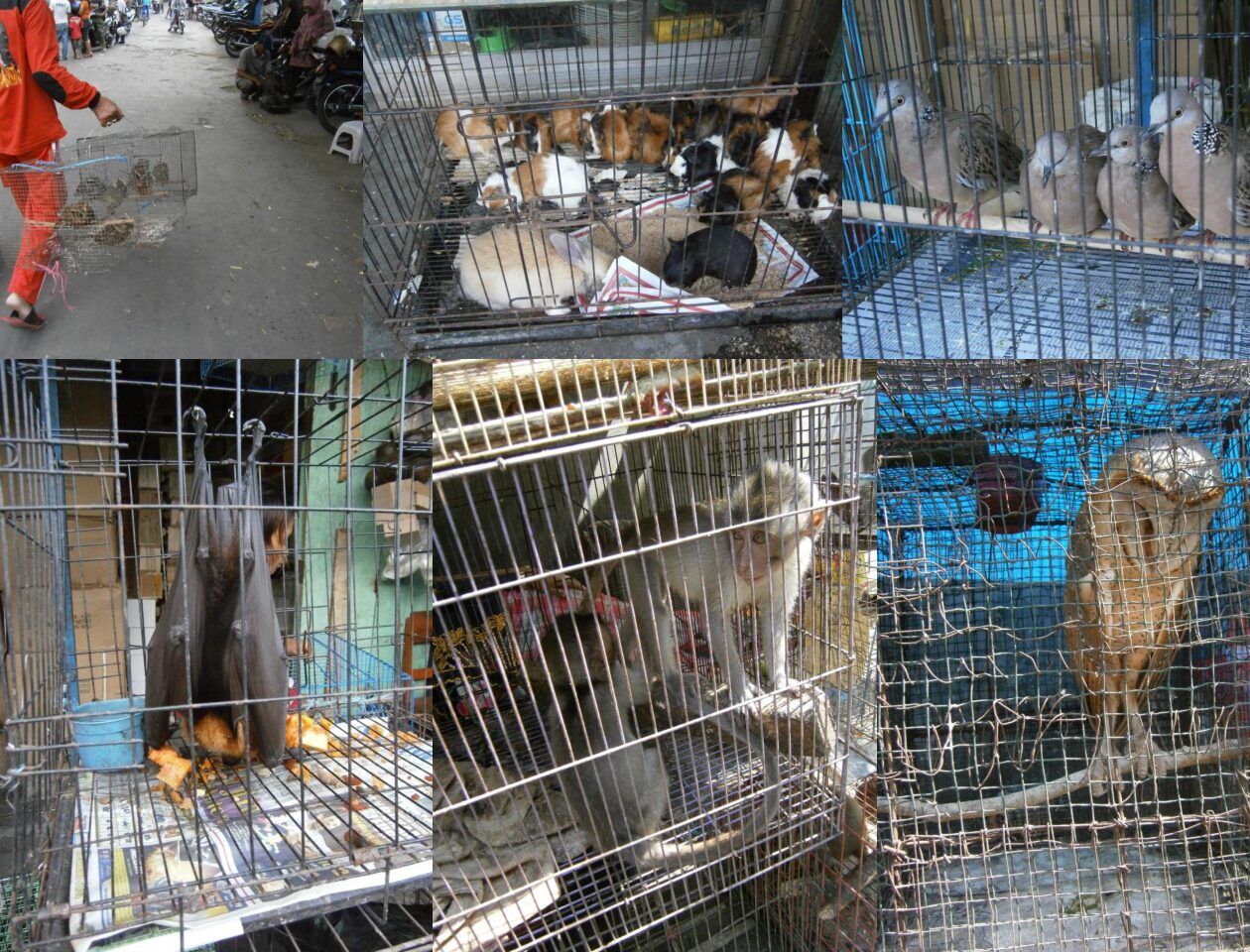Project Description
The vertebrate wildlife trade is worth billions of pounds per year, and the volume and diversity of traded species has increased substantially over the past few decades. This global-scale trade industry contributes to the decline of biodiversity by removing individuals from the wild (e.g., Hyacinth Macaw, Bali Myna), increasing opportunities for escaped pets to establish harmful populations outside of their native ranges (e.g., hippos in Colombia, Burmese pythons in Florida), and promoting the spread of disease (e.g., squirrel pox). However, despite the global importance of the vertebrate pet trade to both the economy and ecosystem health, little is known about the factors driving spatial and temporal variation in this trade. Therefore, the scientific capacity to manage the consequences of the pet trade on biodiversity remains in an early stage.
Globally, vertebrate species that are preferred for trade tend to share key characteristics, such as bright colours, life histories amenable to survival in captivity, and rarity (Hughes et al. 2022). These characteristics, however, are not valued equally around the world. Cultural taboos against the keeping of dogs and other mammals, for example, may lead to the proliferation of the bird trade, or while the availability of local species and/or local conservation laws may determine the ratio of domestic versus imported species available for either legal or illegal trade.
Beginning with pre-existing global databases of the vertebrate pet trade and of species-level biological traits (e.g., morphology, behaviour, life history), the student will use state-of-the-art computational methods to map and analyse spatial variation in these trade patterns. They will then collect data on human characteristics (such as national laws and cultural traditions) and combine methods from cultural evolution and phylogenetic comparative analysis to link the ecological and anthropological forces driving this variation. Finally, the student will apply this newfound understanding of the vertebrate pet trade to predict how future conservation decisions might shape the relationship between the pet trade and biodiversity.
This interdisciplinary project combines traditional trait-based approaches to identifying species likely to be traded (e.g., Senior et al. 2022, Street et al., 2023) with a cultural evolution approach simultaneously considering the variation in human regard for those traits. The student will be joining a team of supervisors and labs with strong expertise in the use of phylogenetic comparative methods to study both biological and cultural variation, ecological and evolutionary theory, and invasion biology, with taxonomic expertise in birds (Sheard), reptiles and amphibians (Pincheira-Donoso), and across vertebrates (Capellini). The project team will provide support and training in project design, data collection, and spatial and statistical modelling, and the student will benefit from the range of career-building training sessions and cohort-building activities offered within the School of Biological Sciences (Aberdeen) and across the QUADRAT DTP programme.
CANDIDATE BACKGROUND
Given the interdisciplinary nature of this project, the supervisory team is open to a diverse range of potential candidate backgrounds and would encourage interested students to consider what they could contribute to this project even if their background does not perfectly match the description below.
Essential:
- Strong mathematical and/or statistical background
- Previous programming experience
- Taxonomic knowledge of at least one major vertebrate group and/or a background in cultural evolution
- Genuine interest in, and ability to engage with, interdisciplinary studies
Desirable:
- Previous experience with phylogenetic comparative methods
Image credit: Catherine Sheard
Supervisors
Primary Supervisor: |
University of Aberdeen, School of Biological Sciences Email: catherine.sheard@abdn.ac.uk |
Isabella CapelliniSecondary Supervisor: | Profile: Isabella Capellini Email: I.Capellini@qub.ac.uk Institution: Queen's University, Belfast Department/School: School of Biological Sciences |
Justin TravisAdditional Supervisor: | Profile: Justin Travis Email: Justin.travis@abdn.ac.uk Institution: University of Aberdeen Department/School: School of Biological Sciences |
Daniel Pincheira-DonosoAdditional Supervisor: | Profile: Daniel Pincheira-Donoso Email: D.Pincheira-Donoso@qub.ac.uk Institution: Queen's University, Belfast Department/School: School of Biological Sciences |
References
Hughes, Liam J., Oscar Morton, Brett R. Scheffers, and David P. Edwards. “The ecological drivers and consequences of wildlife trade.” Biological Reviews 98, 3 (2023): 775-791.
Senior, Rebecca A., Brunno F. Oliveira, James Dale, and Brett R. Scheffers. “Wildlife trade targets colorful birds and threatens the aesthetic value of nature.” Current Biology 32, 19 (2022): 4299-4305.
Street, Sally E., Jorge S. Gutiérrez, William L. Allen, and Isabella Capellini. “Human activities favour prolific life histories in both traded and introduced vertebrates.” Nature Communications 14, 1 (2023): 262.
QUADRAT Themes
- biodiversity
- environmental-management






















































